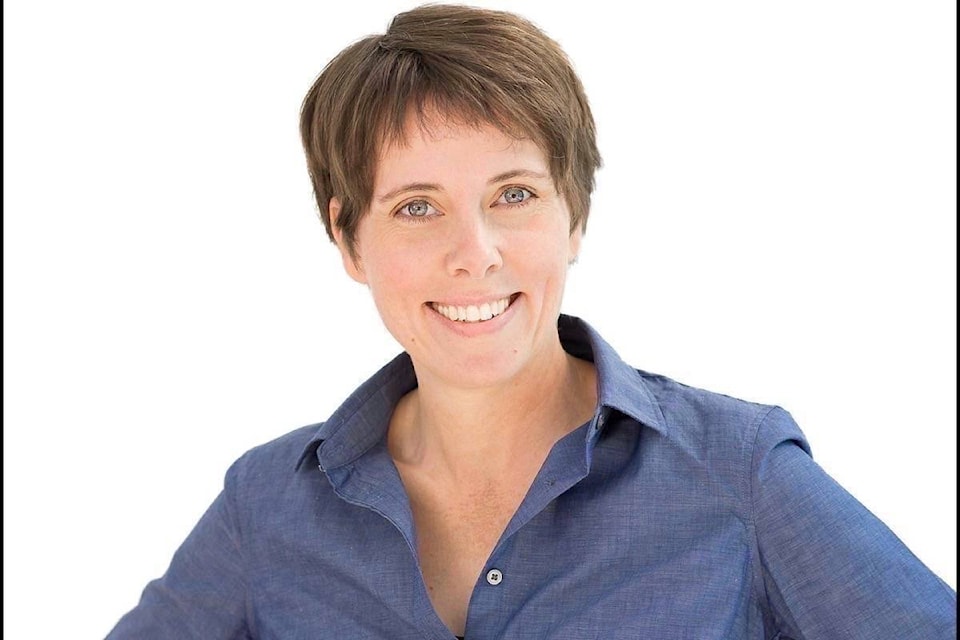Editor’s note: The Citizen asked representatives from the “yes” and “no” sides in the provincial referendum on whether or not to change our voting system from first past the post to proportional representation a series of questions to help voters get a clearer picture of the pros and cons. Sonia Furstenau answered the questions for the “yes” side.
1. Why is proportional representation better?
Currently, we have a system in B.C. and across Canada that creates the conditions where a government with 100 per cent of the power is typically elected by 40 per cent of voters. This undermines democracy, which is fundamentally meant to deliver governments based on the will of the majority. Because First Past the Post is a “winner take all system”, it also encourages polarization, hyper-partisanship, and negative campaigning — all of which are becoming increasingly dominant in our political landscapes. We need a system that provides the tools for politicians to work together, rather than looking for wedge issues and ways to divide people.
The systems of proportional representation proposed on the ballot all keep local representation, so people would have a local MLA, just as we have today, but they also deliver proportional outcomes in the Legislature. This would mean that 40 per cent of votes would translate into 40 per cent of seats in the Legislature, ending false majorities, and creating conditions which would encourage more collaboration across party lines.
Over 90 democracies use proportional representation, including 85 per cent of OECD nations. In research of 36 democracies conducted over 55 years, proportional representation systems produce higher surpluses and lower debts, less inequality, better environmental records, higher youth voter turnout, and have fewer policy lurches, where governments spend time and resources undoing the policies and legislation of the previous administration. (See Arend Lijphart, Patterns of Democracy, 2012 — available online.)
2. Give an example of a country where proportional representation has worked
New Zealand voted in a referendum to switch to proportional representation in 1996. Since then, the representation of women, Maori and minorities increased significantly.
This is reinforced by the percentage of women elected in countries around the world. The 16 countries with the highest percentage of women elected are all proportional representation systems, with the UK as the highest ranking First Past the Post country, at number 17.
In New Zealand, the switch to MMP has also shifted the political culture, resulting in stable, majority coalition governments.
“It turned out an interesting political system with a lot more dialogue and consultation…the public liked that … It [changed] the political culture to one that requires a lot more dialogue, a lot more give and take, a lot more transparency and a lot more consultation between the parties and with the public.” - Helen Clark, former Prime Minister of New Zealand.
3. How will this affect the average British Columbian?
Most importantly,
British Columbians would be confident that a minority of voters would no longer be able to deliver 100 per cent of power to one party.
In addition, every British Columbian will be able to go to the polls knowing their vote will go to elect someone who will represent their views and values in the legislature. They will no longer have to vote strategically or worry about vote-splitting.
British Columbians will also benefit from public policy that is more responsive to and representative of the average British Columbian. Lijphart’s research of democracies has shown that proportional systems result in fewer policy lurches (aka more stability), better environmental policies, more responsiveness to the median voter, and better overall fiscal performance.
4. B.C. has rejected proportional representation twice in the past, why ask again?
Change can be scary and there have been powerful forces who benefit from the status quo that have sewn the seeds of fear and doubt. We see in New Zealand that big business did the same thing in advance of their referendum, but of course none of the things they fear-mongered about actually came to fruition.
This is also the first time a sitting government has campaigned on the ‘yes’ side of a proportional representation referendum, both in B.C. and in Canada — both the NDP and Greens campaigned on modernizing our outdated electoral system.
I think there is a greater sense of urgency for change, looking at what is happening in other First Past the Post democracies like the United States and the United Kingdom. Here in Canada, the Doug Ford government won 40 per cent of the vote, and is enacting legislation and policies that do not represent the views of the majority in Ontario. In Quebec, the CAQ won a majority with 37 per cent of the vote, and in New Brunswick, the Liberals won fewer seats than the Conservatives, despite winning six per cent more of the popular vote.
In a two-party system, First Past the Post engenders hyper-partisanship and division. In a multi-party system, it delivers results that do not reflect the intention of the voters. It’s time to recognize these fundamental flaws of FPTP and move to a system that delivers outcomes that are more accurate and fair.
5. Do British Columbians have enough information to answer the question?
There is information provided by Elections BC, the “Yes” and “No” sides, research centres, and at community meetings.
Elections BC has provided excellent detailed, impartial information about proportional representation and all of the systems on the ballot. They have been doing lots of digital advertising as well.
The “Yes” and “No” sides also have information and have been advertising it.
Various research centres have also released information, and arguments for and against, electoral reform.
I have also been at public events in countless communities to engage voters about the choice facing them in this referendum.
Sonia Furstenau, Green Party
MLA for Cowichan Valley
